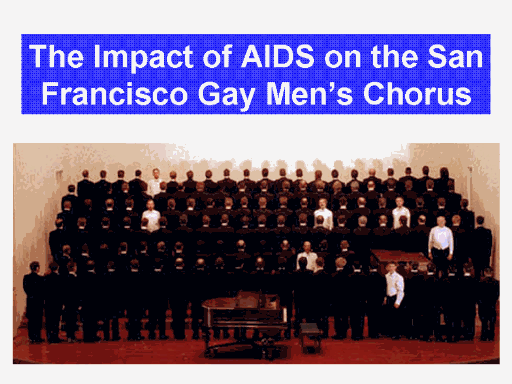| front |1 |2 |3 |4 |5 |6 |7 |8 |9 |10 |11 |12 |13 |14 |15 |16 |17 |18 |19 |20 |21 |22 |23 |24 |25 |26 |27 |28 |29 |30 |31 |32 |33 |review |
 |
Organized gay empowerment movements emerged during the 1960s and
1970s in major cities in the USA and Europe. These movements
coincided with the heterosexual revolution in most Western countries
that were more accepting of greater sexual freedom. However, the
sexual revolution and gay empowerment movements also coincided with
the introduction of HIV into several gay populations during the
1970s. The development of gay bathhouses where sex contact with many
different partners during a single visit was routine created a
perfect setting for transmission of sexually transmitted infections.
Once HIV was introduced into such a venue, explosive spread
occurred.
With increasing global mobility (jet travel) that became increasingly available during the 1970s, HIV-infected MSM from major cities such as SF, NY, and London rapidly spread HIV to MSM networks in most other major cities throughout the world during the 1980s. By far, one of the worst affected MSM populations has been and continues to be among MSM in San Francisco. The picture of the SF Gay Menís Chorus was taken in 1993 - those dressed in black, with their backs turned, represent those who had died. Today, all their backs would be turned because the obituary list is now 47 names longer than the chorus roster. As of mid-2006, only four men are left from the original 1978 Chorus of about 200 members. SF Chronicle file photo by Eric Muse |